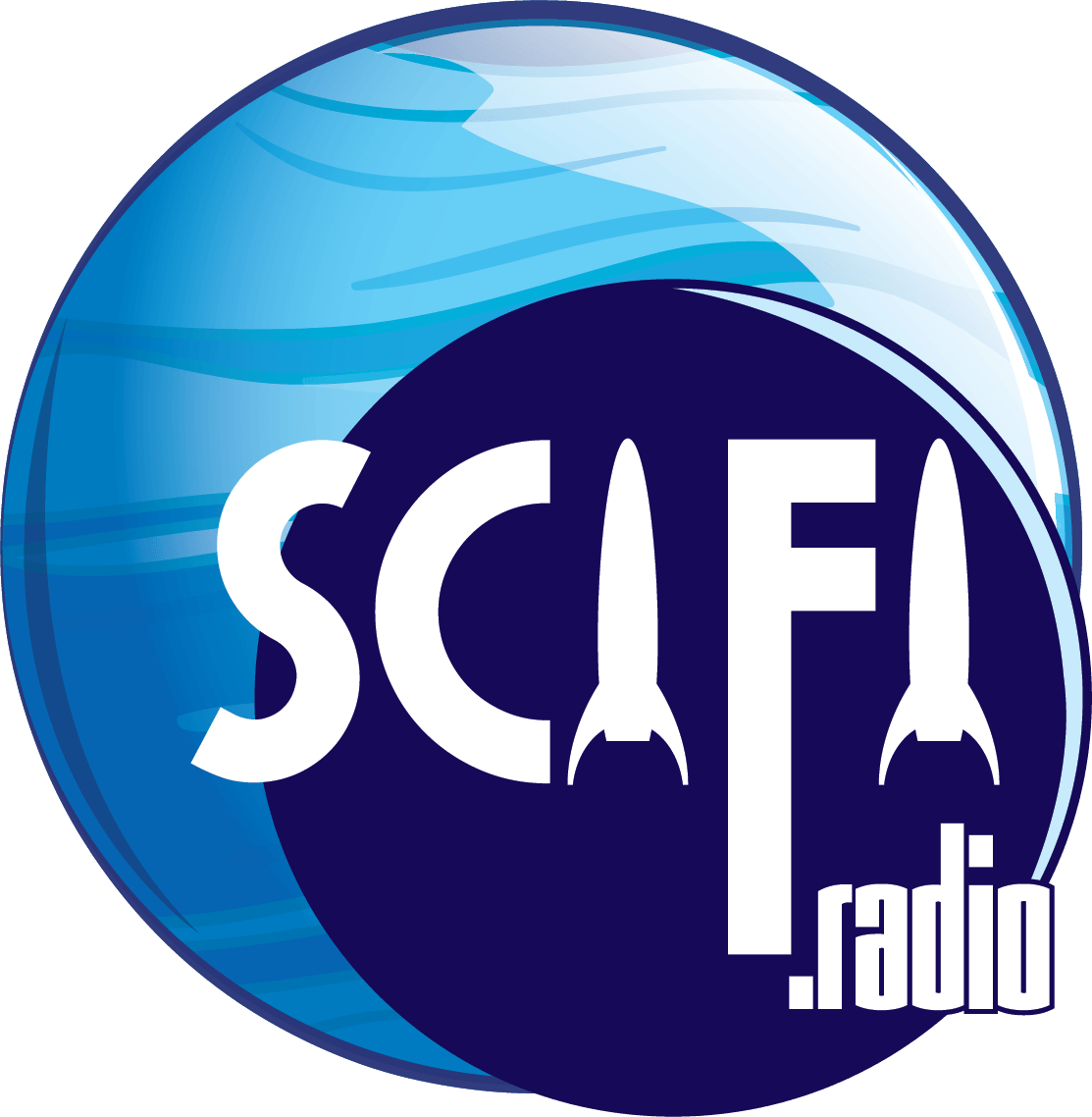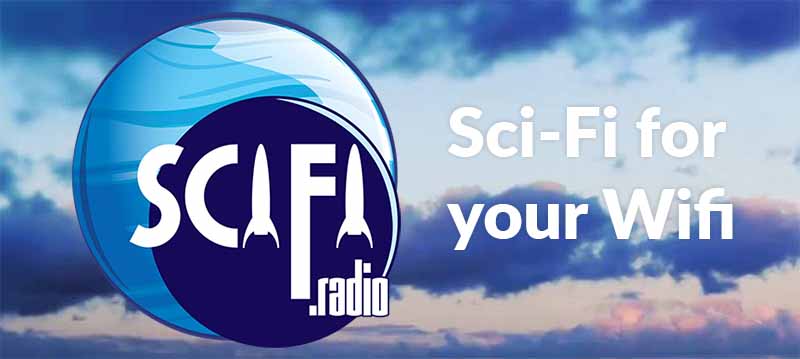The United States Post Office has released a unique postage stamp in honor of the total eclipse coming in August. USPS Executive Vice President Jim Cochrane announced a new forever stamp in honor of the August 21 solar eclipse. The stamp “transforms the solar eclipse image into the moon from the heat of a finger.”

[image via USPS]
“With the release of these amazing stamps using thermochromic ink, we’ve provided an opportunity for people to experience their own personal solar eclipse every time they touch the stamps,” said Cochrane, the Chief Customer and Marketing Officer of the USPS. “As evidenced by this stamp and other amazing innovations, the Postal Service is enabling a new generation to bridge the gap and tighten the connection between physical mail and the digital world.” The thermochromic ink hides a second image on the stamp. Rub it with your fingers, and your body heat will make the picture of the eclipse disappear, replacing it with a picture of the moon. Let the stamp cool, and it goes back to the picture of the eclipse.
As any good Ladyhawke fan knows, a total eclipse of the sun is when the moon blocks the sun from our view here on Earth, blocking the sun’s light with its shadow. The shadow path of the eclipse, called the path of totality, will be 70 miles wide, going east from Oregon to South Carolina, passing through 14 states. A total eclipse provides a view of the sun’s corona (the extended solar outer atmosphere). The corona will appear as a white halo around the black disk of the moon. The last total solar eclipse to be visible from the continental United States was February 26, 1979. The last time an eclipse traversed the entire USA was June 8, 1918, during WWI. NASA’s website shows detailed maps of the path of the eclipse. The back of the stamp pane will show a map of the path of totality.
The new stamp is based on a photograph taken March 29, 2006, of a solar eclipse witnessed in Jalu, Libya. Retired NASA astrophysicist Fred Espenak took the picture. Mr. Espenak is one of the world’s leading experts on total solar eclipses, having witnessed 28 of them. The August eclipse will be the 29th for the man some people call “Mr. Eclipse.”
“I’m honored to have my images on this unique stamp. But more importantly, the stamp will spread the news about America’s great eclipse to many more people than I could ever reach….A total eclipse of the Sun is simply the most beautiful, stunning and awe-inspiring astronomical event you can see with the naked eye — but you’ve got to be in the 70-mile-wide path of totality that runs across the nation from Oregon to South Carolina. So where will you be on August 21?”
Do not look directly at the sun during an eclipse! Mr. Espenak gives advice here on how to safely view the eclipse.

Eclipse July 22, 2009 [image via Wikipedia]
-30-
Susan Macdonald is the author of the children’s book “R is for Renaissance Faire”, as well as 26 short stories, mostly fantasy in “Alternative Truths”, “Swords and Sorceress #30”, Swords &Sorceries Vols. 1, 2, & 5, “Cat Tails” “Under Western Stars”, and “Knee-High Drummond and the Durango Kid”. Her articles have appeared on SCIFI.radio’s web site, in The Inquisitr, and in The Millington Star. She enjoys Renaissance Faires (see book above), science fiction conventions, Highland Games, and Native American pow-wows.











What I’m wondering is, during a total solar eclipse, is it OK to look at a stamp? (Sorry, I couldn’t resist.) Thanks for the article!